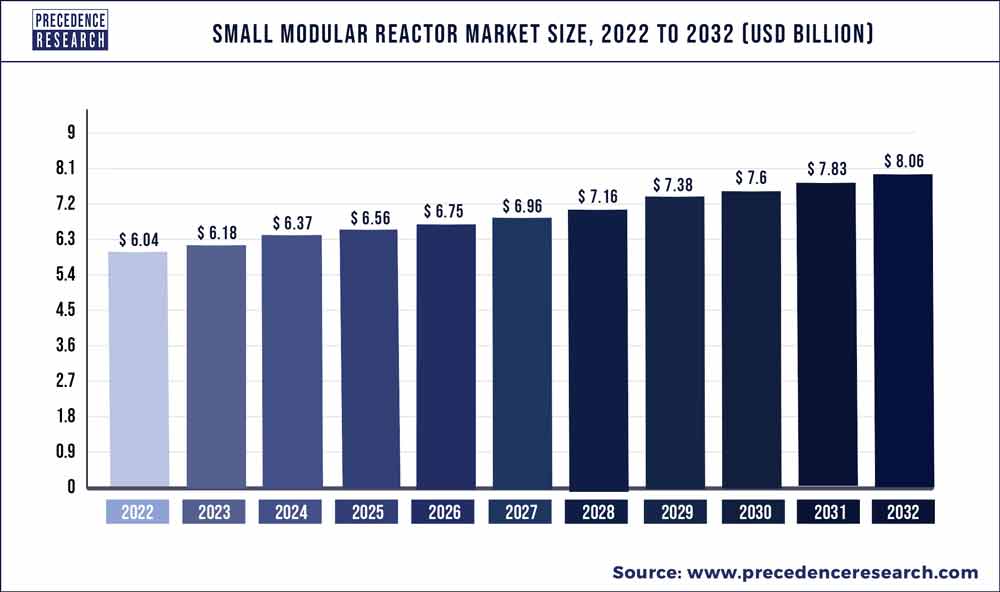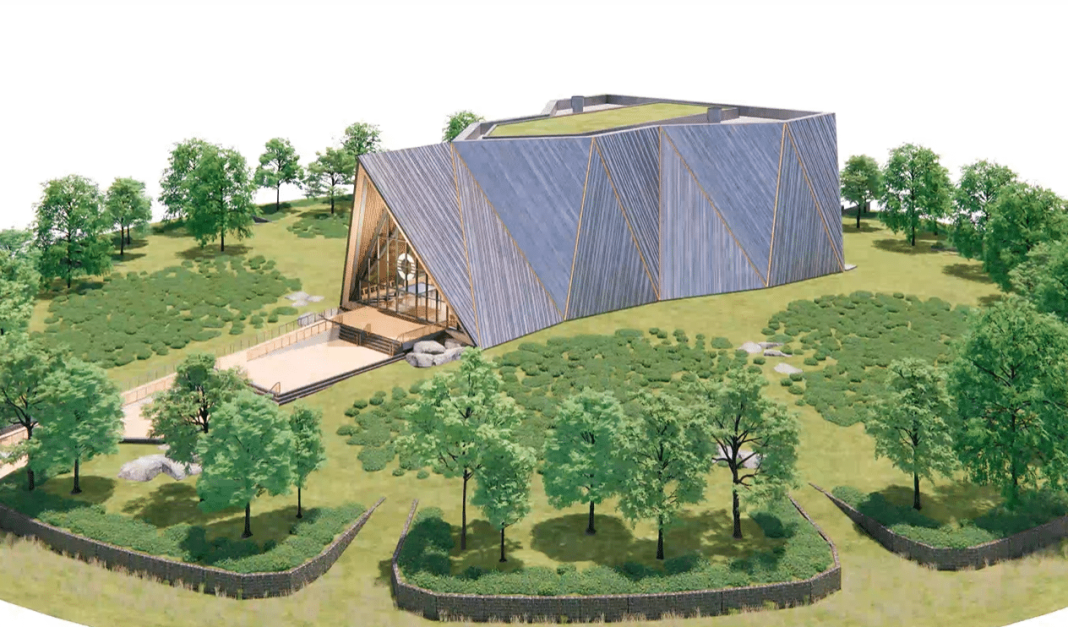Small Modular Reactors (SMRs) are emerging as a pivotal technology in the clean energy transition. These compact, scalable nuclear reactors offer a promising solution to meet growing energy demands while reducing greenhouse gas emissions. And this is what Sam Altman’s nuclear power startup company, Oklo, is developing. It recently debuted on the U.S. stock market alongside Nano Nuclear Energy.
Oklo has gone public through a special-purpose acquisition company. The startup merged with AltC Acquisition Corp., Altman’s SPAC, and trades on the New York Stock Exchange under “OKLO.” The nuclear startup focuses on developing SMRs.
SMRs and Why They’re Important for Energy Transition
Small modular reactors (SMRs) are advanced nuclear reactors with up to 300 MW(e) capacity per unit, roughly one-third of traditional reactors’ capacity. These reactors are significantly smaller than those from competitors like NuScale and TerraPower, which have higher capacities.
They offer numerous advantages due to their small size and modular nature. SMRs can be factory-assembled and transported to sites unsuitable for larger reactors, making them more affordable and quicker to construct. This modularity allows incremental deployment to match energy demand.
SMRs address energy access challenges, particularly in areas with limited grid coverage. They can be integrated into existing grids or operate off-grid, providing low-carbon power for industries and communities. Microreactors, a subset of SMRs producing up to 10 MW(e), are ideal for remote regions and as emergency backup power, replacing diesel generators.
SMRs also have reduced fuel requirements, needing refueling every 3 to 7 years, compared to 1 to 2 years for conventional reactors. Some designs can operate up to 30 years without refueling.
-
Per market projection, SMRs will be worth around $8.06 billion by 2032.

Advanced SMRs are central to the Department of Energy’s (DOE) strategy for safe, clean, and affordable nuclear power. These reactors, ranging from tens to hundreds of megawatts, are versatile for power generation, industrial processes, and desalination.
The DOE supports the development of light water-cooled SMRs, which are under Nuclear Regulatory Commission review and expected to deploy in the late 2020s to early 2030s. The Advanced SMR R&D program, started in 2019, aims to accelerate SMR technology availability by partnering with NuScale Power and UAMPS to demonstrate new reactor technology at Idaho National Laboratory.
Additionally, a 2018 funding opportunity supports innovative nuclear concepts to improve the economic viability of nuclear power, fostering U.S. energy independence and grid resilience.
Global Advancements in SMR Technology
Public and private institutions globally are actively advancing small modular reactor technology with the goal of deployment within this decade. Notably, Russia’s Akademik Lomonosov, the world’s first floating nuclear power plant, commenced commercial operation in May 2020, utilizing two 35 MW(e) SMRs.
- Additionally, SMRs are under construction or in the licensing stage in various countries including Japan, Canada, China, Russia, UK, and the United States.
Over 80 commercial SMR designs worldwide target diverse outputs and applications such as electricity, hybrid energy systems, heating, water desalination, and industrial steam. While SMRs boast lower upfront capital costs per unit, their economic competitiveness remains to be proven upon deployment.
Oklo focuses on liquid-metal-cooled, metal-fueled fast reactors, which have over 400 reactor-years of operating experience and inherent safety features. The first power plant to produce electrical power from fission, EBR-I, and its successor, EBR-II, demonstrated the safety and efficacy of this technology.
EBR-II operated for decades, proving it could safely shut down without damage during severe challenges, such as those similar to the Fukushima accident. Notably, fast reactors can use nuclear waste as fuel, a capability demonstrated by EBR-II.
-
EBR-II produced about 20 MW of electric power for 30 years, showcasing inherent safety, fuel recycling, and superior operational characteristics compared to commercial reactors.
Meet Oklo’s Nuclear Powerhouse: Aurora
Oklo collaborates with Idaho National Laboratory to use EBR-II’s waste fuel for its Aurora Powerhouse. Aurora is a liquid-metal-cooled, metal-fueled fast reactor using recycled waste fuel, providing 15 MW of power, scalable to 50 MWe, and operating up to 10 years without refueling.
Oklo received a site use permit from the U.S. Department of Energy in 2019, secured fuel from Idaho National Laboratory, and submitted a license application to build its first plant. Oklo aims to bring its first plant online before the decade’s end.
While Oklo is focusing on building its Aurora Powerhouse, Nano Nuclear Energy is developing two microreactors, Zeus and Odin. Each reactor is producing 1 to 2 MW of electricity and inspired by naval reactors.
They plan to use IPO proceeds for further development and focus on nuclear fuel transportation and domestic production of High-Assay Low-Enriched Uranium (HALEU).
Nano aims to build a HALEU facility at Idaho National Laboratory, joining efforts to create a reliable U.S. HALEU source after Congress banned Russian uranium imports.
Oklo has agreements to supply power to Equinix Data Centers and Diamondback Energy. Nano’s shares rose to $4.51, a 13% increase from its IPO price, while Oklo’s shares dropped to $8.45 from $15.50.
Unlike traditional large-scale nuclear plants, SMRs are designed for flexibility, safety, and cost-efficiency, making them an attractive option for integrating into modern energy grids. As the world seeks sustainable and reliable energy sources, SMRs stand out as a key component in achieving a low-carbon future.

